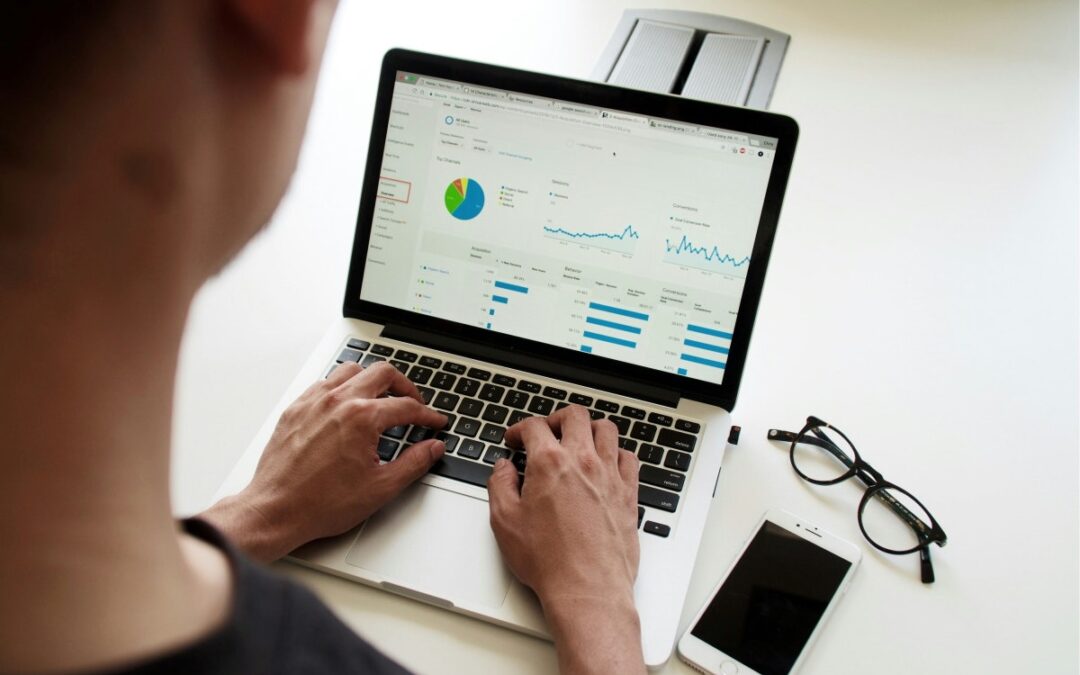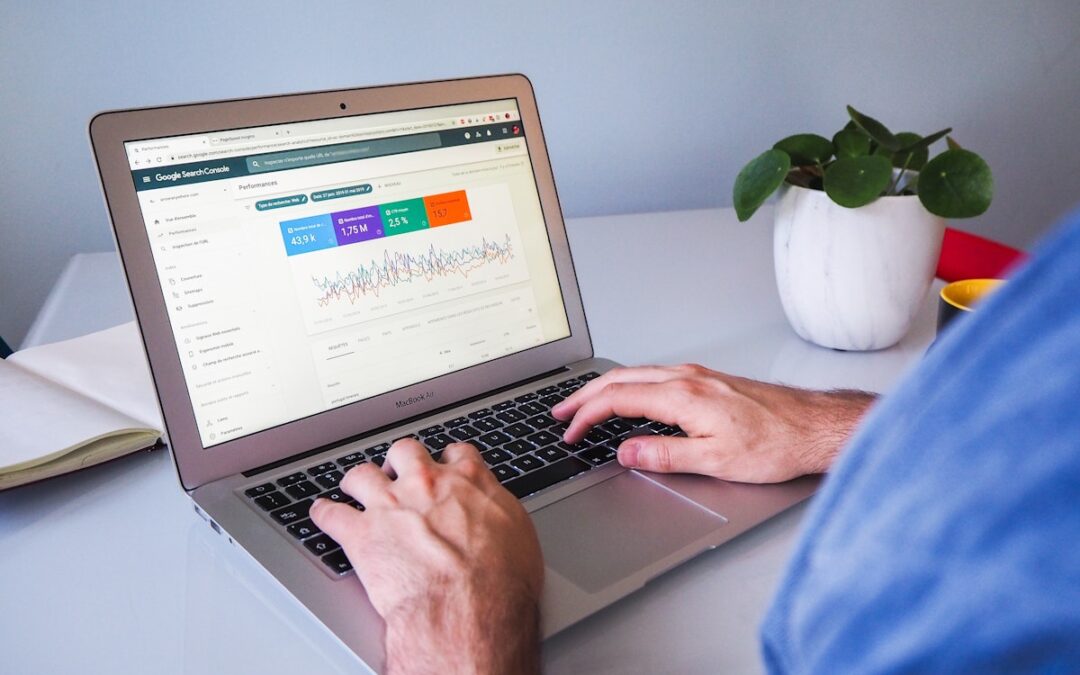
Simple Ways to Plug the Talent Gap
There’s no escaping the fact that many industries are facing a talent gap.
3 in 4 employers are reporting difficulty finding the talent they need in 2024, according to stats from Manpower.
Experienced hires are increasingly hard to find in the current job market, across a multitude of sectors. This lack of suitable talent could well be having an impact on your resourcing, your growth and the underlying efficiency of your business.
So, what can you do to leap over the talent gap and find the people you need for the future?
Finding the talent you need to meet your goals
Your people are such an important asset to the business. So, when you can’t find the right skilled employees to fill your roles, that can be a significant problem.
There are multiple reasons for this talent shortage, including the significant impact of the Covid pandemic, reduced migration and a workforce that lacks the skills for some emerging roles. But to overcome this shortage, you need to think on your feet and find innovative ways to source the best possible people for your vacancies.
To overcome the talent gap, you can:
-
-
- Promote from within and use your existing talent – sometimes we can be so busy looking for new talent that we forget to consider our existing employees. If you have team members who are looking to advance, upskill or take on more responsibilities, think about promoting these people and putting them into new, more challenging roles.
- Explore the freelance market – you may be hoping to hire a permanent employee for your role. But why not try working with freelancers or contractors to fill the role? Freelancers are experienced and can generally start relatively quickly, without having to give notice. Engaging a freelancer also has the advantage of saving you a fair amount in holiday pay, sick pay or other benefits you’d need to pay out to a full-time employee.
- Raise brand awareness and market yourself as an employer – do people know your brand and what you do as a business? If you can get proactive about raising awareness of the business, this can give you an advantage when it comes to attracting the right candidates. Get a reputation as a great employer, with excellent benefits and working conditions, and you’ll attract more attention than your competitors.
- Talk to your network and find the talent you need – word of mouth is a powerful thing. By talking to other employers and contacts in your network, you can make it known that you’re hiring. And the more people that know about your vacancies, the more likely it is that someone who fits the bill will hear about your job. If a great worker is looking for their next challenge, it may just be that they’re working with one of your customers, suppliers or business partners. So, get talking and put out the feelers.
- Consider where roles could be automated to aid growth – automation technology is advancing at a terrific pace. It may be that there are certain low-level jobs that can be taken on by software automation tools or artificial intelligence (AI) assistants. For example, a voice AI assistant could become a digital agent in your contact centre, taking calls, fielding queries and passing customers to the correct human contact.
-
Talk to us about your talent issues
There’s no magic wand that can be waved to make teams of talented people appear out of thin air. But by thinking outside the box, you can find new and innovative ways of sourcing the talent you need – whether it’s word of mouth advertising or software automation.
With our network of business clients, we can help you get word of your vacancies out into the marketplace.
The following content was originally published by BOMA. We have updated some of this article for our readers.




